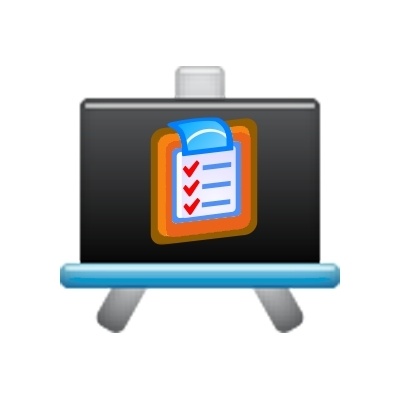Matching Test Questions Advantages And Disadvantages
Matching questions are at their best when you need to assess the knowledge gained from a course that features a lot of dates, names, places, and events. As a rule, with matching test questions, learners get partial credit for answers that are only partially correct.
Here are their benefits and drawbacks:
Advantages
- Best “the amount of course material covered to the amount of time spent to construct the questions” ratio.
- Allow for great flexibility and accuracy in counting the learners’ scores.
- Give an objective assessment of the learners’ knowledge.
- At their most useful when used in areas mostly dealing with facts.
- Least chance of guessing the correct answer compared to other question types.
Drawbacks
- Ill-suited for gauging the learners’ higher understanding (analysis and synthesis levels).
- Answering matching questions is time-consuming for learners.
- Introducing too many options can make it so that the question tests the ability to search first, relevant knowledge second.
As you can see from the lists above, matching questions will serve you fine in tests that cover large amounts of material. Just a few well-constructed matching questions will adequately test the understanding of a single topic, or even of a number of topics at once. They are also remarkably easy to construct: in essence, all you need to do is to is pick the key facts and create lists. Read further to learn how to do it the right way.
Best Practices For Constructing Matching Test Questions
- Keep questions short and straightforward. Avoid unnecessary words.
- Do not get carried away adding additional items. Having 10-12 items between both columns (5-6 “question - answer” pairs) is the sweet spot.
- It is best to arrange the items in the left column according to some criterion (alphabetically, chronologically, etc).
- Make sure that no items in the right column can be matched to more than one item in the left one. However, having an item in the left column serves as the key for more than one item in the right column is all right.
- Avoid positioning matching test questions in such a way that the list is separated in two by a page break. Learners should not have to go back and forth trying to match questions on one page to answers on the other.
- When constructing answers, try to keep them interconnected by theme and the manner of presentation. You can find examples of a correctly and incorrectly constructed matching questions below.
Incorrect
1. The year of New York’s founding.
2. The capital of the United States.
3. First president of the United States.
4. The date the declaration of independence was signed.
5. The name of the United States currency.A. 4 July 1776
B. George Washington
C. 1653
D. United States dollar
E. Washington
Correct
1. The largest planet in the Solar System.
2. The planet humans first landed on.
3. The furthest planet from Earth.
4. The planet with an observable ring system.
5. The smallest planet in the Solar System.A. Mercury
B. Neptune
C. The Moon
D. Jupiter
E. Saturn
Matching Test Questions With Keylists
There is a distinct variety of matching questions that makes use of so-called keylists. Such questions feature a relatively short list of key elements (3-4) and a much larger one containing possible answers (10-12). Learners are asked to match every answer from the second column to one of the keys in the first. Below is an example of a matching question with keylist.
1. Google
2. Microsoft
3. AppleA. Which of the companies on the list derives its profit primarily from context advertising?
B. Which of the companies on the list first produced fonts for an operating system?
C. Which of the companies on the list first proposed using a computer mouse?
D. Which of the companies on the list first introduced a graphical user interface in their operating system?
E. Which of the companies on the list first created a browser-based cloud operating system?
Classification Questions
These are very similar to matching questions with keylists, the only difference being that the learners are asked to sort answers from the second column into groups belonging to separate classes or categories specified in the first column. Classification questions consist of a description of the task the learner has to perform, the list of elements to be sorted, and the list of categories they have to be sorted into. Below is an example of a classification question.
Sort the following animals according to the species they belong to:
1. Mammals
2. Birds
3. FishA. Whale
B. Duck
C. Dolphin
D. Pelican
E. Salamander
Matching test questions’ biggest advantage is that they allow you to cover large areas of material without having to spend much time or effort on constructing the questions. In addition, learners find them easy to read and comprehend. Keep these qualities in mind, and you will surely find matching questions handy.
Editor's Note: If you need more information on creative content to incorporate into your eLearning courses, we’ve got you covered. The eLearning Professional's Guide To Becoming A Content Curation Hero is a must-read if you want to become a content curation master, providing you with the tools and knowledge to create effective, engaging, and meaningful learning experiences for your learners. Featuring the advantages of eLearning content curation, online resources, a step-by-step guide to curate your content, and many more tips, you’ll learn how to stay up-to-date with the latest trends and best practices in the field. So, why wait? Secure your copy today and start your journey of curating content like a pro.








